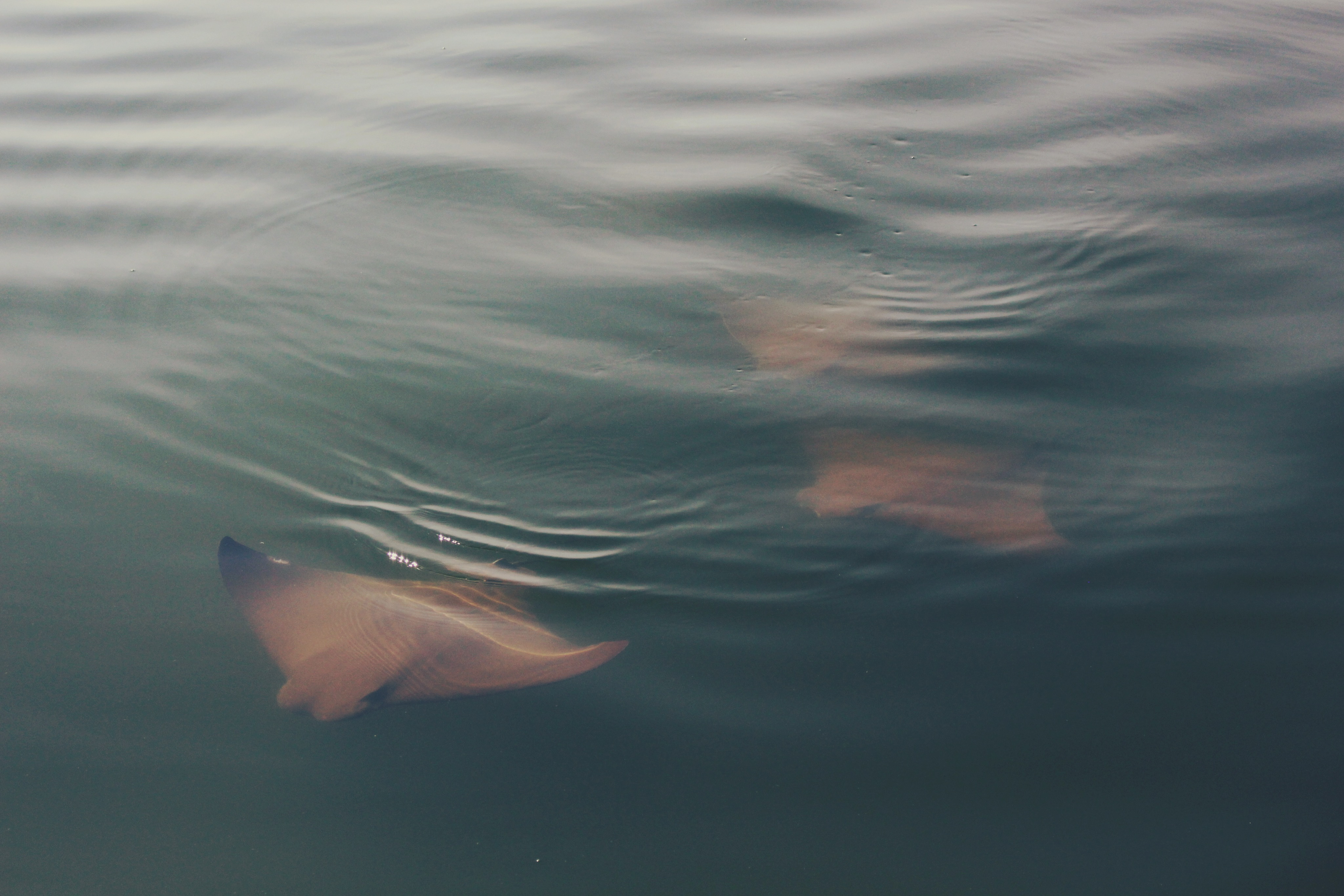PhD Studentships: Differential Susceptibility to Copper in Wild Populations of Three-Spined Stickback (GASTEROSTEUS ACULEATUS)
Lauren Laing University of Exeter Supervisor(s): Eduarda Santos & Rod Wilson Most aquatic environments in the UK and worldwide have been affected by anthropogenic environmental stressors. Such stressors vary from chemical pollution to habitat fragmentation and to changes in abiotic parameters such as temperature and dissolved oxygen or carbon dioxide. Populations of fish inhabiting these […]
